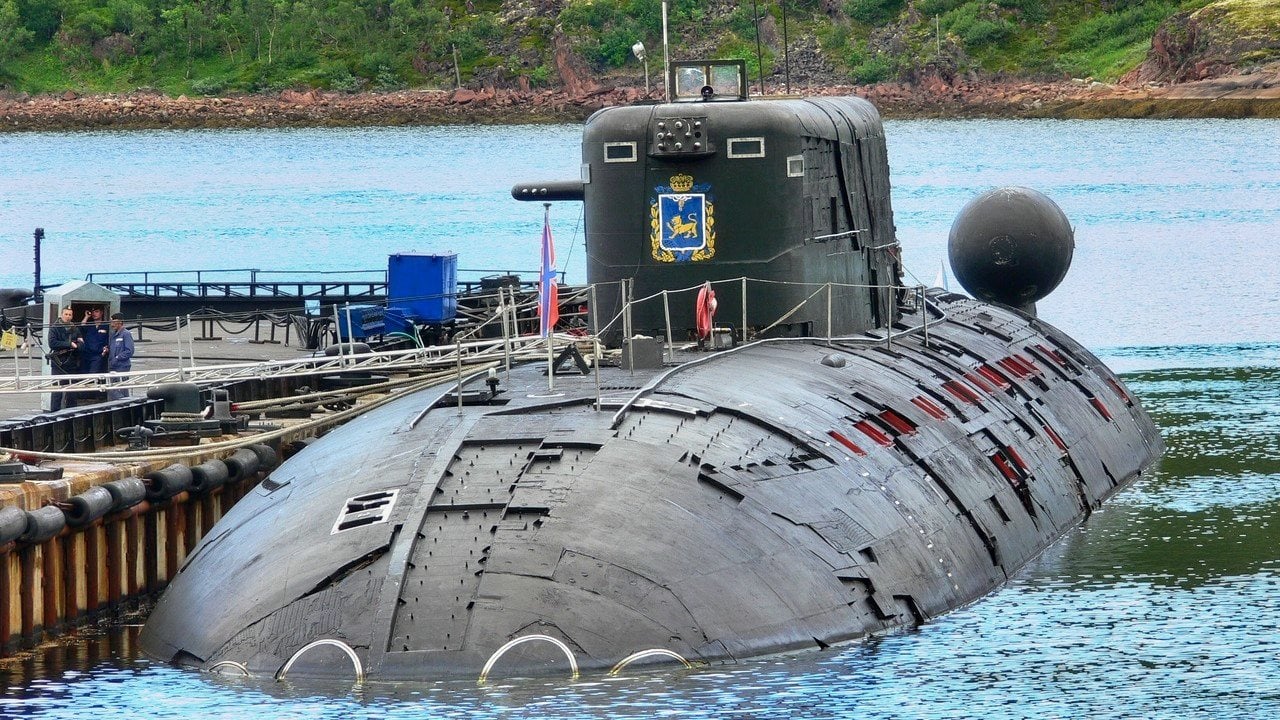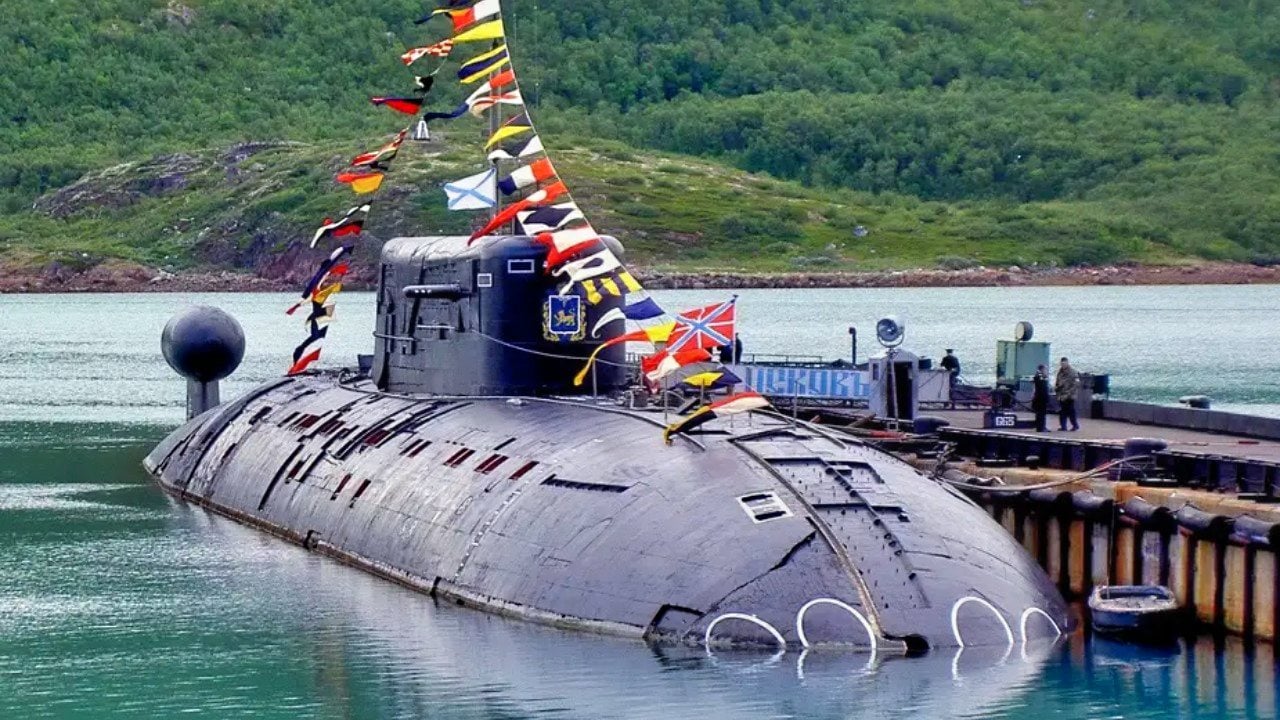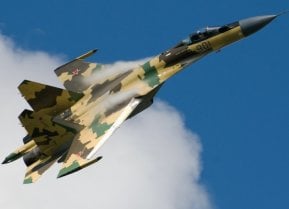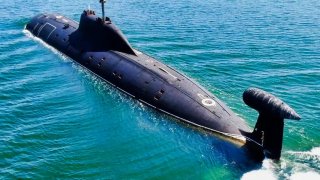Why the U.S. Navy Can't Match Russia's Sierra-II 'Titanium' Submarine
During the Cold War, the Soviet Union and the U.S. raced to develop advanced military technology, including submarines. The USSR experimented with titanium hulls, resulting in the Sierra II-class submarines, known for their impressive speed and deep-diving capabilities.
Summary and Key Points on this Submarine from Russia: During the Cold War, the Soviet Union and the U.S. raced to develop advanced military technology, including submarines. The USSR experimented with titanium hulls, resulting in the Sierra II-class submarines, known for their impressive speed and deep-diving capabilities.

-However, the cost and complexity of working with titanium limited production to just two submarines. Despite their strengths, the difficulties in manufacturing and maintenance made the U.S. choose more conventional materials.
-The Sierra II-class remains a testament to Cold War innovation and the extreme lengths the Soviet Union went to achieve naval superiority.
Cold War Submarines: The Costly Secrets of the Soviet Sierra II-Class
During the Cold War, the two great powers, USA and the USSR, competed fervently with one another to develop a military edge. The result was a dazzling array of new technologies. As Neil deGrasse Tyson notes in his book Space Chronicles, nothing spurns technological development like war-inspired investment. Consider the new tech that both the USA and USSR developed during the Cold War.
You have the entire Space Race, of course, an overt technological competition that resulted in satellites, the Saturn V rocket, orbiting capsules, the Apollo program, the Soyuz program, the International Space Station, and perhaps the most complex machine humans have ever created: the space shuttle.

In the aerospace realm, Cold War competition drove ambitious innovation in jet engine, radar, stealth, missile, and aerodynamic technology. The results were increasingly impressive. From early jets like the MiG 15 and the F-86 Sabre to fourth-generation staples like the MiG-29 and F-15 Eagle to fifth-generation wizardry like the Su-57 and F-22 Raptor. Not to mention experimental aircraft like the X-1 and the X-15, or the surveillance gem the SR-71 Blackbird.

Beneath the surface of the oceans, the Cold War superpowers also competed for dominance, through submarine development, in a tango that Tom Clancy addressed in The Hunt for Red October.
The result of Cold War submarine competition included development of well-known submarines like the Akula-class, the Los Angeles-class, and the Seawolf-class.
And the competition led to some lesser-known but still important technological developments, too – including the Soviet use of titanium hulls in the Alfa-class and the Sierra-class, the most notable of which was likely the Sierra II. This nuclear attack submarine was an improved version of the Sierra I, and quite impressive.
Introducing the Sierra II-class
Known to the Soviets as Project 945A Kondor, the Sierra II was an improved version of the Sierra I (aka, the Project 945 Barrakuda).
The Sierra II wasn’t commissioned until the 1990s when the Cold War had ended, but the designs are the result of Cold War labor and a Cold War mindset: the Sierra II was built to search and destroy US nuclear submarines.
Accordingly, the Sierra II was able to achieve speeds and diving depths that were superior to American submarines of the same time period.
How was the Sierra II able to achieve such impressive speeds and diving depths? In large part, through the use of a titanium hull.
“Titanium alloy is usually stronger than steel but weighs half as [much],” Brent M. Eastwood wrote. “It is more expensive, upt o three to five times more than steel. Titanium is also less corrosive in salt water. It can handle more pressure during deeper dives – all the way down to 2,200 feet.”
The result of Soviet experimentation with titanium, the Sierra II, “promised to be more capable, longer legged, and more lethal than the second-generation Victors, Charlies, and Alfas that populated the Soviet undersea fleet entering the 1980s,” Robert Jensen wrote.
“Faster and deeper diving than the Victors and Charlies, with greater endurance and more – and better – weapons that Alfas, the Sierras had the makings of the ultimate Soviet attack boat. Yet today, [the Sierras] are only remember by those interested in Soviet attack submarines.”
Indeed, only two Sierra II submarines were ever built. The first, B-534, the Nizhniy Novgorod was commissioned in late 1990 and is still understood to be active in the Russian fleet. The second, B-336, the Pskov, was commissioned in late 1993, was overhauled in 2015, and is also still active in the Russian fleet. So, both Sierra IIs have been serving successfully for thirty years. But there is good reason why only two Serra IIs were made.
The Sierra’s “fully titanium hull was labor and cost intensive,” Jensen wrote. “Even more so than that of the high-performance [Lira].” While “titanium provided the necessary performance to get these hunters faster tan anything they might have come across in the world’s oceans,” the material was notoriously finicky to build with and operate.

“Fashioning titanium to make a hull is no easy feat,” Eastwood wrote. “Welding is difficult and the slightest mistake during the welding phase could make the titanium brittle and less strong.” And that’s one of the primary reasons why, despite engaging in compulsive development competition throughout the Cold War, the USA decided not to pursue the USSR down the path of titanium-hulled submarine development.
“The United States…took a close look at the titanium construction,” Eastwood wrote. But “titanium is rare and costly compared to iron. Titanium is not easy to shape either.” Ultimately, “any mis-step by the welders would create a sub that would be dangerous to take on deep dives.”
About the Author: Harrison Kass
Harrison Kass is a defense and national security writer with over 1,000 total pieces on issues involving global affairs. An attorney, pilot, guitarist, and minor pro hockey player, Harrison joined the US Air Force as a Pilot Trainee but was medically discharged. Harrison holds a BA from Lake Forest College, a JD from the University of Oregon, and an MA from New York University. Harrison listens to Dokken.
All images are Creative Commons.


